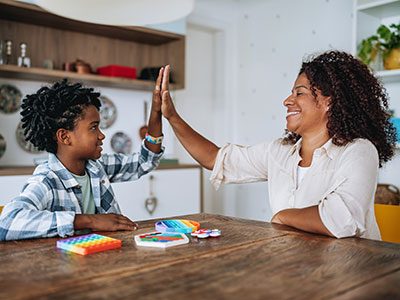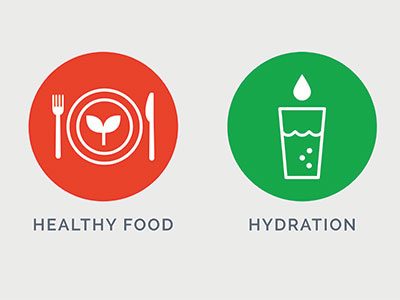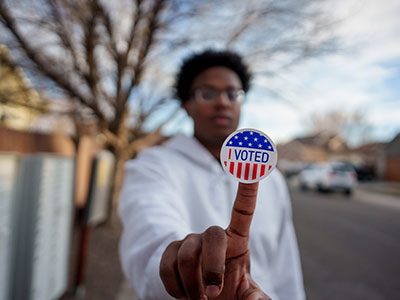Delayed gratification is the ability to resist the temptation of an immediate pleasure in the hope of obtaining a greater reward later. And, while adults might find it easy to work for larger, longer-term rewards rather than opting for more immediate ones, many children have difficulty employing delayed gratification. However, it is possible to help kids to learn to control their impulses to achieve a future goal.
How to teach your child delayed gratification
Behavioral strategies work best for helping build self-regulation and impulse control. Start by defining and labeling the behaviors you want to see — what does self-regulation look like to you and your child? What is your child doing when they are controlling their behavior appropriately? Next, use specific labeled praise when you catch your child doing these behaviors and this will increase the chances of it happening again and again!
Tip: Overall, when trying to change your child’s behavior, it is most effective to give immediate feedback (positive praise or consequences) right when the behavior occurs. Delayed consequences are usually ineffective because children are often living in the now. The more time between when the behavior happens (for example something occurs at school) and the consequence (losing a privilege at home, getting lectured by parent), the less likely it is to change a child’s behavior. Instead, positive and negative consequences should be immediate, brief, specific and directly linked to the behavior as close to when it happens.
With practice children can learn to strengthen their abilities to delay gratification. To help children achieve long term goals, break the goals down into smaller more immediate steps, reward progress on those steps and help them visualize their efforts toward their longer-term goal.
One fun way to do this is to print out a picture of a pizza and cut it up into “pieces.” Give your child a piece each time they do a daily behavior goal. Those immediate “pizza piece” rewards will then add up to longer-term bigger “whole pizza” rewards at the end of the week or month.
For older children, try giving them an allowance that they must use to buy their toys or cash in for privileges such as going to the movies or bringing a friend to a theme park. This encourages saving up for “big ticket” items and helps children learn to break things down into smaller, daily activities to accomplish a bigger goal. If your child wants to earn extra money, have them do chores around the house.
 https://riseandshine.childrensnational.org/wp-content/uploads/2025/05/child-having-tantrum-feature.jpg
300
400
webteam
https://riseandshine.childrensnational.org/wp-content/uploads/2017/11/childrens_riseandshine_logo.jpg
webteam2025-05-07 15:54:412025-05-07 16:19:29Helping autistic children manage big feelings
https://riseandshine.childrensnational.org/wp-content/uploads/2025/05/child-having-tantrum-feature.jpg
300
400
webteam
https://riseandshine.childrensnational.org/wp-content/uploads/2017/11/childrens_riseandshine_logo.jpg
webteam2025-05-07 15:54:412025-05-07 16:19:29Helping autistic children manage big feelings





















Leave a Comment
Want to join the discussion?Feel free to contribute!